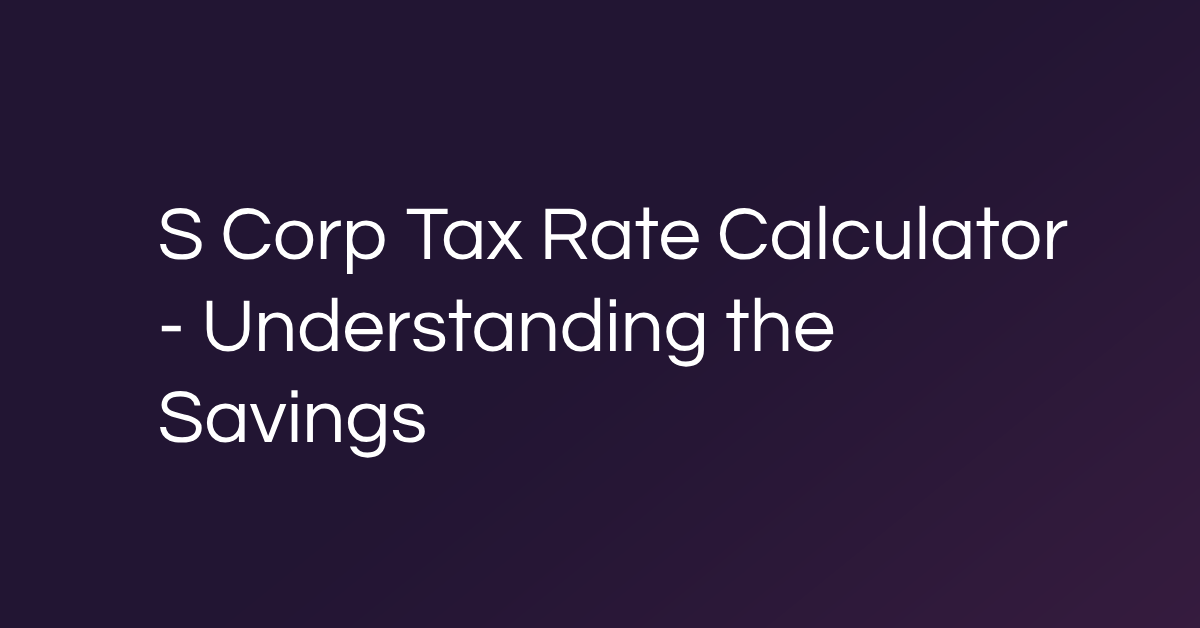Selecting the right business structure directly impacts liability protection, tax flexibility, and long-term growth. A sole proprietorship is the simplest way to operate a business, but it does not separate personal and business assets. Any financial or legal issues the business encounters can directly affect personal finances.
If you’re considering self-employment and starting your own business, forming an LLC provides additional security. It shields personal assets from business-related risks while offering potential tax advantages. Knowing when to change a sole proprietorship to an LLC allows you to make informed decisions that support growth and your long-term financial stability.
The difference between sole proprietorships and LLCs
Sole proprietorships and LLCs are two of the most common business structures for self-employed individuals. While both allow owners to operate independently, they offer different levels of liability protection, tax flexibility, and business credibility.
- Sole proprietorships are the easiest business structure to set up, requiring minimal/no paperwork and no formal registration beyond business licenses or permits. However, the business and owner are legally the same entity, meaning personal assets, such as savings or property, could be at risk if the business faces legal claims or debt.
- LLCs create a separate legal entity, shielding the owner’s personal assets from business liabilities. This structure also offers greater credibility with clients and partners, along with tax flexibility. LLC owners can choose pass-through taxation, like sole proprietors, or elect S-corp status for potential tax advantages.
While sole proprietorships provide simplicity, LLCs deliver stronger legal protection and financial stability — making them the preferred choice for business owners seeking long-term growth.
Why transition from a sole proprietorship to an LLC?
Moving from a sole proprietorship to an LLC provides stronger liability protection, tax flexibility, and long-term business stability. Unlike sole proprietors, LLC owners have a legal separation between personal and business assets, reducing financial risk if the company faces lawsuits or debt.
LLCs also offer potential tax benefits. While sole proprietors report all income on their personal tax returns, LLCs can choose pass-through taxation or elect S-corp status to optimize tax savings. This flexibility allows business owners to reduce self-employment taxes and retain more earnings.
An LLC is particularly beneficial for growing businesses, those working with high-value contracts, or entrepreneurs in industries with legal exposure. Whether consulting, freelancing, or offering professional services, structuring as an LLC can enhance business credibility and minimize personal risk.
The benefits of an LLC extend beyond legal protection, helping entrepreneurs like you to build a more sustainable and scalable business. For an in depth look, take a look at our LLC vs S Corp vs Sole Proprietor breakdown page.
Steps to change from sole proprietorship to LLC
Transitioning from a sole proprietorship to an LLC requires completing several legal and administrative steps. While the process varies by state, it typically involves selecting a business name, filing formation documents, and updating tax information. Completing these steps helps establish the legal and financial foundation needed for business growth.
Besolo simplifies LLC formation by guiding you through each step, reducing paperwork, and ensuring compliance with state regulations.
1. Choose a business name
The name must be unique and comply with state naming regulations to avoid conflicts with existing businesses. Many states require the inclusion of “LLC” or “Limited Liability Company” in the name.
To confirm the name is available:
- Search the state business registry for existing business names.
- Check the United States Patent and Trademark Office trademark database to avoid conflicts with federally registered trademarks.
- Reserve the name if required by your state to prevent others from claiming it.
Choosing a name that aligns with branding while meeting legal requirements helps create a strong business identity from the start.
2. File articles of organization
Forming an LLC requires filing articles of organization (or a similar document) with the appropriate state agency, usually the secretary of state’s office. This document includes:
- Business name and address
- Registered agent details (an individual or service that receives legal documents)
- Management structure (member-managed or manager-managed)
- Business purpose (in some states)
Each state has different filing fees and processing times. Correctly filing LLC formation documents maintains compliance and formalizes the business structure.
3. Create an operating agreement
An operating agreement outlines how the LLC will be managed, including decision-making processes, ownership percentages, and financial distributions. While not required in all states, having a written agreement helps prevent disputes and provides clarity on business operations.
Key elements of an operating agreement:
- Ownership structure and member roles
- Voting and decision-making processes
- Profit and loss distribution
- Procedures for adding or removing members
You can use operating agreement templates as a starting point to create a document that fits their business needs.
4. Obtain an EIN
An Employer Identification Number (EIN) is required for filing taxes, hiring employees, and opening a business bank account. Sole proprietors transitioning to an LLC need a new EIN, even if they already had one for their previous business structure.
LLCs can apply for an EIN online through the IRS website. The process is free, and an EIN is provided immediately upon approval.
5. Update licenses and permits
Existing business licenses and permits must be updated to reflect the LLC structure. Requirements vary by industry and location, but common updates include:
- State and local business licenses
- Professional or industry-specific permits
- Sales tax permits (if applicable)
Neglecting to update licenses could result in compliance issues. Besolo’s business license tools help entrepreneurs navigate these requirements efficiently.
In fact, with Besolo’s Solo LLC service covers all the above — and more! With Solo LLC, we provide LLC formation (including an EIN), tax filings, and compliance guidance.
Additional considerations for new LLC owners
After forming an LLC, maintaining compliance supports long-term business stability. Most states require LLCs to file annual reports and pay renewal fees to remain in good standing. Missing deadlines can lead to penalties or administrative dissolution.
LLC owners must also stay on top of tax obligations. While many LLCs are taxed as pass-through entities, electing S-corp taxation may provide savings on self-employment taxes. Keeping accurate financial records helps simplify tax filing and financial planning.
Effective financial management includes maintaining separate business accounts, tracking expenses, and using bookkeeping tools. Besolo provides entrepreneurs with essential resources to manage finances and stay compliant.
Take the next step toward business protection
Transitioning from a sole proprietorship to an LLC strengthens legal protection, tax flexibility, and business credibility. While sole proprietorships offer simplicity, an LLC safeguards personal assets and supports long-term business growth.
By combining an LLC with the right business insurance, entrepreneurs can minimize financial risk and operate with confidence. Besolo streamlines LLC formation, helping self-employed professionals navigate setup, compliance, and financial management.
Take control of your business future — become a Besolo member today and access tools that make running an LLC easier.








